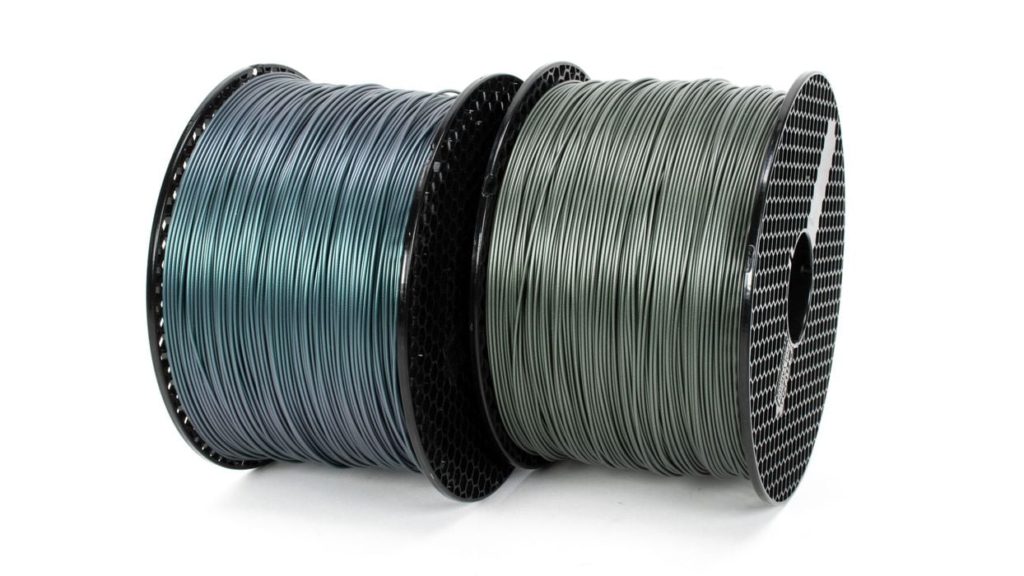
Prusa Research took a very interesting further step into the world of sustainability with the introduction of a recycled PLA material.
The company had already taken a sustainability step recently with the introduction of filament spools made from recycled PC material. But their most recent announcement is much deeper in many ways.
The new product is ”Prusament PLA Recycled”, and is a high quality PLA filament made from recycled materials.
There are a number of other recycled 3D printer filaments on the market, and I’ve always had the same question for all of them: where do you get the input material?
The problem with recycling is that while it’s easy to say “just gather up some plastic and recycle it”, the fact is that there are countless different types of thermoplastics, and a given piece of scrap could literally be any of them.
You can’t just mix all sorts of scrap plastic together and hope it works. Each material will have a slightly different chemistry, and thus properties such as the glass transition temperature or mechanical stress measures will vary. That’s not good for printing parts.
And I didn’t even mention the problem of different colors.
All recycled filament operations I’ve investigated end up having a single source for their input material that more-or-less guarantees what kind of thermoplastic is supplied. This is why the notion of saving the world from scrap plastic by 3D printing it just won’t work: the other 99% of miscellaneous scrap can’t be processed.
Back to Prusament PLA Recycled. Where does Prusa Research obtain their scraps for recycling? They explain:
“Our materials have great color consistency, highly accurate diameter measured in two axes, perfect winding and more. This also means there’s a very strict QA control in place. Not every spool meets our strict requirements, so there’s a relatively substantial amount of waste, especially when we find an error on a nearly finished spool. Of course, we use up many of these “unsatisfactory” spools internally, so they don’t go to waste. However, there are some beyond saving. And precisely these spools are used for the production of the Prusament PLA Recycled, which contains 100 % of recycled Prusament PLA materials.”
Basically they’re taking spools that don’t measure up to their high quality standards and tossing them back in the machine for re-processing.
Given Prusament’s quite high production volume and high standards, this could be a significant amount of material. It’s no surprise they didn’t feel good about tossing it all out, and decided to make something out of unusable products.
I mentioned the color problem above, and Prusa Research has determined an effective method of solving it: they don’t care about color! They explain:
“There are no further additives or pigments mixed with the recycled material. Every time a new batch is produced, the filament has a completely unique color. In other words: the color of Prusament PLA Recycled is determined by the colors of filaments thrown into the mix.”
This means any spool of Prusament PLA Recycled will actually be a slightly different color. This is often unsuitable for production parts, but would certainly work for any part where color is unimportant.

The company is also offering this new recycled material only in large, 2kg spools. Pricing for one of these spools is US$45, implying a per-kg cost of about US$22.50. This is slightly less than their standard 1kg PLA spool price of US$23, so you don’t save that much with the recycled option.
But you do help save the world, a little bit.
Via PrusaPrinters
